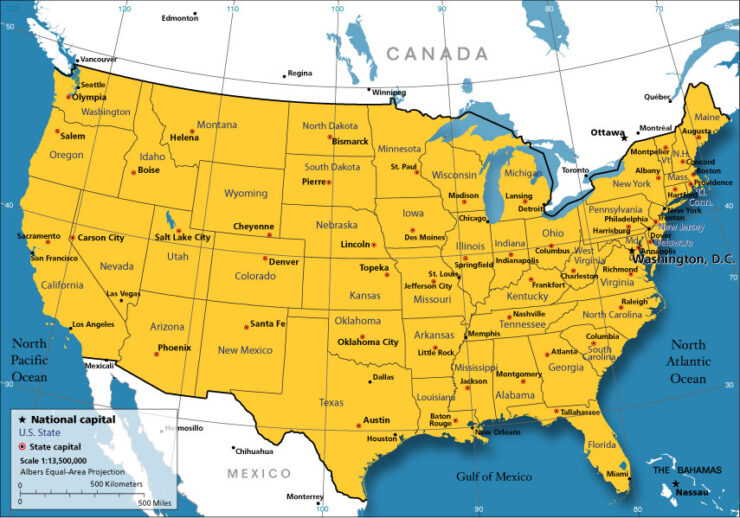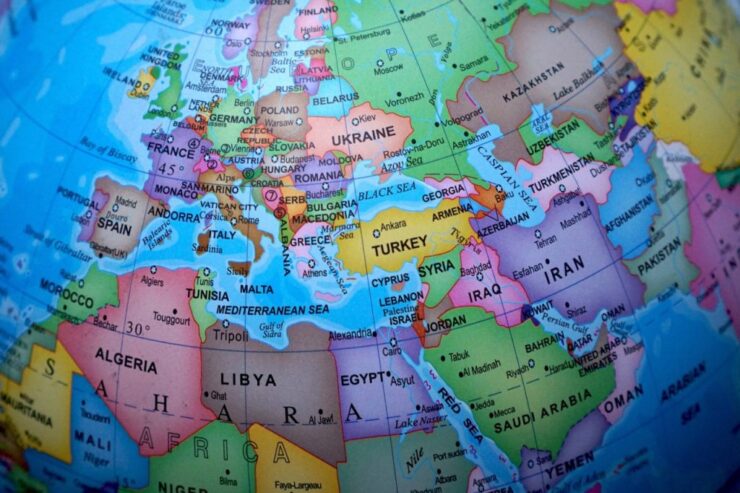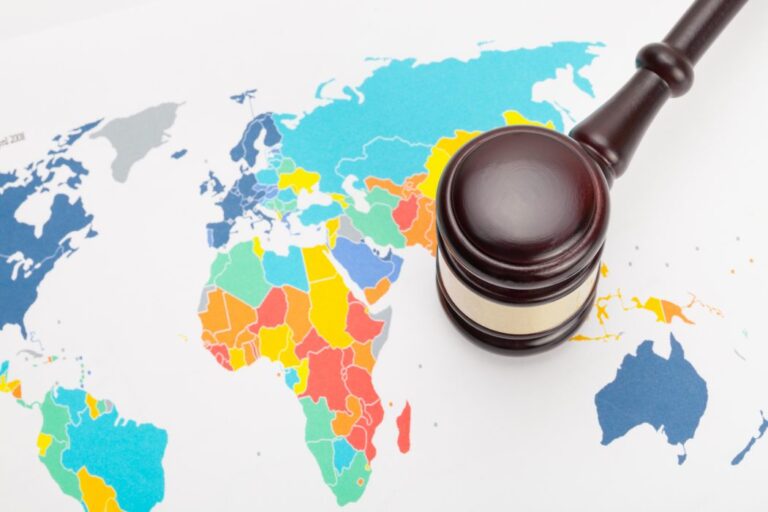Boundaries and borders are not merely lines on a map; they are the foundation of international law and play a crucial role in shaping relations between nations. These demarcations define territorial limits, establish sovereignty, and regulate interactions among states. In this article, we delve into the intricate world of boundaries and borders in international law, exploring their definition, significance, and the legal principles governing them.
From the historical development of borders to contemporary challenges in border governance, we aim to provide a comprehensive understanding of this complex subject. So join us on this journey through the fascinating realm of boundaries and borders, brought to you by HaltLawDirectory , your trusted source for legal insights and knowledge.
Historical Development of Boundaries and Borders

Throughout the course of history, the development of boundaries and borders has been shaped by a myriad of factors, including the rise and fall of civilizations, the impact of colonialism, and the establishment of international legal frameworks. From the early civilizations of Mesopotamia and Egypt to the vast empires of Rome and China, the evolution of territorial boundaries has reflected the ebb and flow of power, conquests, and the emergence of nation-states.
The delineation of borders during these ancient times set the stage for the modern concept of territorial sovereignty that underpins international relations today. Moreover, the era of colonialism brought forth significant transformations in the realm of borders, as European powers expanded their empires, redrawing maps and disregarding existing cultural and ethnic boundaries in the process.
The legacies of colonial-era borders continue to influence the geopolitical landscape and contribute to ongoing border disputes and conflicts in various regions.
Legal Principles and Concepts Related to Boundaries and Borders
Legal principles and concepts play a crucial role in governing boundaries and borders within the realm of international law. Sovereignty and territorial integrity are foundational principles that emphasize a state’s supreme authority over its territory and the inviolability of its borders.
The concept of uti possidetis recognizes existing territorial possessions as the basis for defining international borders, promoting stability, and preventing border disputes. Additionally, the principle of self-determination acknowledges the right of nations and peoples to determine their own political status, including the ability to define their own borders through peaceful means.
These legal principles provide a framework for understanding the complexities and dynamics of boundaries and borders in the context of international law.
Methods for Establishing and Delimiting Boundaries

Various methods are utilized to establish and delimit boundaries between states. Bilateral negotiations and agreements between countries serve as a primary means of defining borders, taking into account historical claims, geographical features, and legal considerations.
International organizations, such as the United Nations, play a crucial role in facilitating boundary delimitation, offering mediation, arbitration, and expert guidance to ensure a fair and impartial process. In determining boundaries, historical, geographical, and legal principles are often utilized, relying on factors such as past agreements, natural landmarks, and international conventions.
By employing these methods, nations strive to establish clear and mutually recognized boundaries that uphold principles of fairness, stability, and respect for international law.
Border Disputes and Conflict Resolution
Border disputes arise due to various causes, including historical claims, conflicting territorial aspirations, resource competition, and unresolved colonial legacies. These disputes can manifest in different forms, such as territorial disputes, maritime boundary disputes, or disputes over the delineation of borders. To address such conflicts, mechanisms like arbitration, mediation, and negotiation are employed. These methods provide a platform for peaceful resolution, allowing parties to engage in constructive dialogue and find mutually acceptable solutions.
Case studies of notable border disputes, such as the India-Pakistan border dispute over Kashmir or the Israel-Palestine conflict, highlight the complexities involved in resolving border disputes and the importance of diplomatic efforts, international law, and regional cooperation in finding lasting resolutions.
Contemporary Challenges and Issues in Border Governance

In the modern era, border governance faces a multitude of challenges. Transboundary resource management and environmental concerns pose complex issues as countries grapple with the equitable use and preservation of shared resources like rivers or forests.
Migration, refugees, and border control present ongoing dilemmas as nations seek to balance humanitarian obligations with national security and immigration policies. Furthermore, emerging technologies such as drones, biometrics, and artificial intelligence are transforming border security and surveillance practices, raising questions about privacy, ethics, and the potential for technological advancements to outpace legal frameworks.
Addressing these challenges requires international cooperation, comprehensive policies, and adaptable governance mechanisms that balance the needs of security, human rights, and sustainable development in the context of evolving global realities.
The Future of Boundaries and Borders in International Law
The future of boundaries and borders in international law is shaped by evolving concepts of sovereignty and territoriality. As the world becomes increasingly interconnected, notions of state sovereignty are being redefined to encompass global challenges such as climate change, transnational threats, and human rights.
International institutions play a crucial role in addressing border-related challenges by providing platforms for dialogue, cooperation, and dispute resolution. The prospects for increased cooperation and harmonization in border governance are promising, as nations recognize the mutual benefits of secure and well-regulated borders.
Conclusion
In conclusion, boundaries and borders remain of utmost significance in international law, serving as the framework for defining state territories, sovereignty, and international relations. The intricate interplay of legal principles, historical legacies, and evolving concepts shape the dynamics of borders in our modern world.
It is essential to continue to prioritize attention and cooperation in maintaining stable and just border arrangements that address contemporary challenges. Reflecting on the evolving nature of boundaries, we must adapt to changing global realities and work towards fostering cooperation, respect, and sustainable solutions.
By doing so, we can navigate the complexities of borders and ensure a future where boundaries promote peace, security, and justice in our interconnected world.
Related Posts:
- 20 Best Gaming Headset Under 50$ 2024 - for PC, PS4,…
- 15 Best Dog Food For Allergies 2024 - Adult, Puppy…
- 12 Best Car Wax For Black Cars 2024 - Protection and…
- Top 16 Best Office Chair Covers 2024 - Chair…
- Top 10 Best Outdoor Basketball Shoes 2024 - Durable…
- Top 10 Best Modem For Gaming 2024 - For Optimum Gaming Speed







